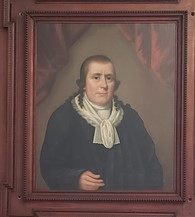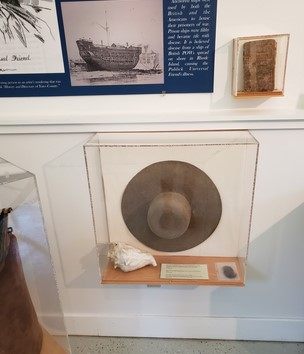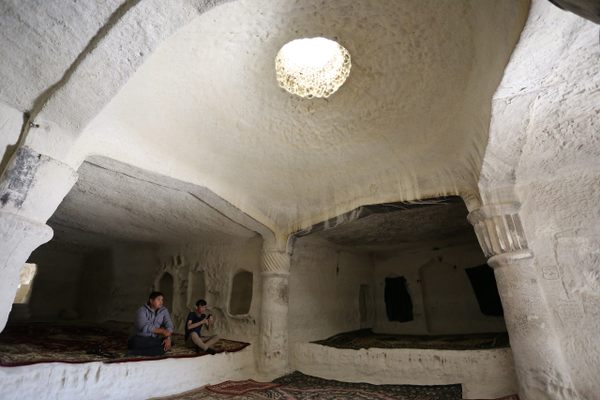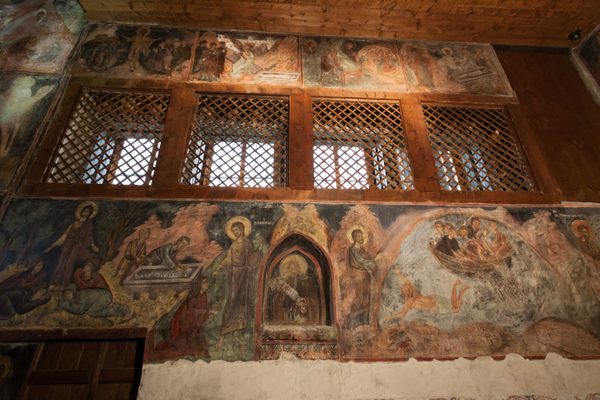Public Universal Friend Exhibit
This non-binary preacher formed a religious movement in the region of New York later known as the “Burned-Over District.”
In 1776, after recovering from a serious fever, Jemima Wilkinson claimed to have died and been revived in a new form, neither male nor female. They left behind their old name and life and began preaching as the “Public Universal Friend,” or simply the Friend.
The Friend’s theology was similar to that of most Quakers, and was especially rooted in the belief that all humans had free will. As they began preaching throughout New England, they gained a group of followers, who called themselves the Society of Universal Friends. The most committed members were a group of unmarried women known as the Faithful Sisterhood. Along with some of these followers, the Friend moved from Rhode Island to western New York in the 1780s and eventually founded the town of Jerusalem.
At its apex, the Friend’s flock numbered close to 200 people, but internal disagreements over gender roles and land ownership eventually fractured the movement. After the Friend passed away in 1819, the movement began to fade, and had all but disappeared by the 1860s.
A small exhibit containing some of the Friend’s personal items and an overview of the religious group can be viewed at the Yates County History Center (YCHC) Underwood Museum. The Public Universal Friend’s home still stands in the nearby town of Jerusalem.
Know Before You Go
The museum is open Tuesday-Friday, 9 a.m. to 4 p.m. The exhibit is in a separate building from the main Underwood House and requires museum staff to unlock it for access.















Follow us on Twitter to get the latest on the world's hidden wonders.
Like us on Facebook to get the latest on the world's hidden wonders.
Follow us on Twitter Like us on Facebook